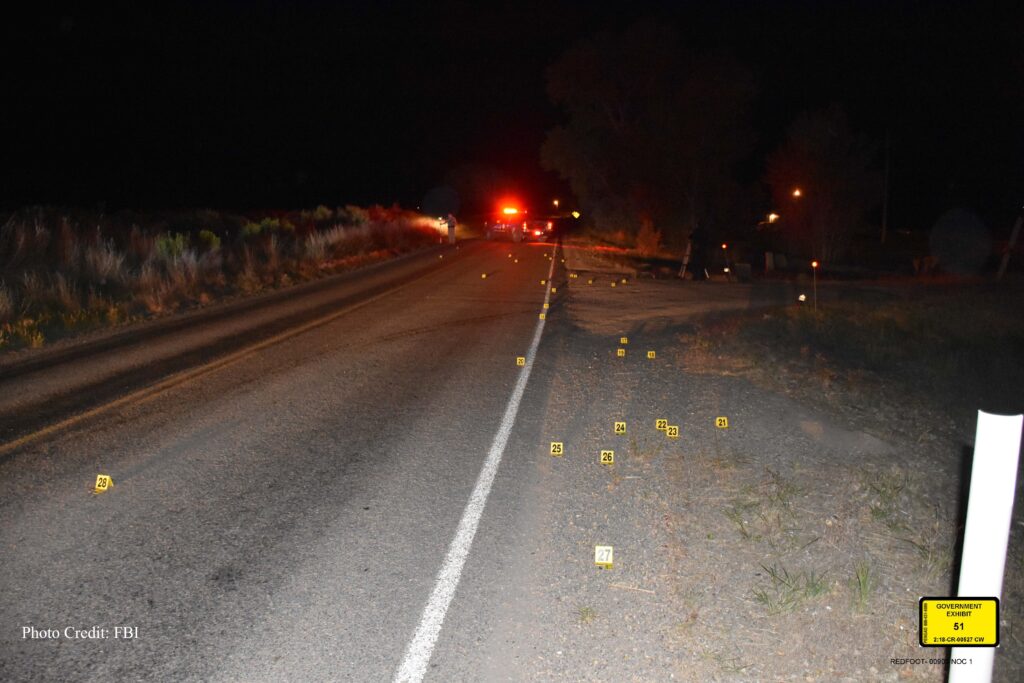A federal jury found a Fort Duchesne man Guilty of a 2018 murder on Friday. 28-year-old Brandon Redfoot was convicted of the charges that include murder in the second degree while in Indian Country, assault with a dangerous weapon while in Indian Country, felon in possession of a firearm and ammunition, and two counts of discharge of a firearm during and in relation to a crime of violence. The United States Department of Justice issued a press release on Monday sharing that the case was investigated by the Bureau of Indian Affairs, the FBI Vernal Resident Agency and investigators from the Ute Tribe. According to court documents and the evidence presented at trial, Redfoot shot and killed the victim on June 7th, 2018. According to testimony at trial, Redfoot was in a physical altercation with the victim outside a store in Randlett. After the fight, and after the two men parted ways in separate vehicles, Redfoot told the driver of the vehicle he was in to turn around and drive back in the direction the victim had traveled. After the driver refused, Redfoot pulled out a firearm, later identified as a KelTec Sub-2000 9mm folding rifle, and threatened the driver to turn around by firing the gun inside the vehicle. The driver complied, and ultimately arrived outside a residence where Redfoot spotted the victim. Redfoot fired at least twenty-nine shots in the direction of the victim and others, ultimately hitting the victim in the back of the head and killing him. Redfoot faces a maximum statutory sentence of imprisonment of up to life. Sentencing is scheduled for October 27th. This case became part of Project Safe Neighborhoods, a program focused on bringing together all levels of law enforcement and the communities they serve to reduce violent crime and gun violence, and to make our neighborhoods safer for everyone. The Department of Justice has shared that they are focused on reducing violent crime by “fostering trust and legitimacy in our communities, supporting community-based organizations that help prevent violence from occurring in the first place, setting focused and strategic enforcement priorities, and measuring the results.”





